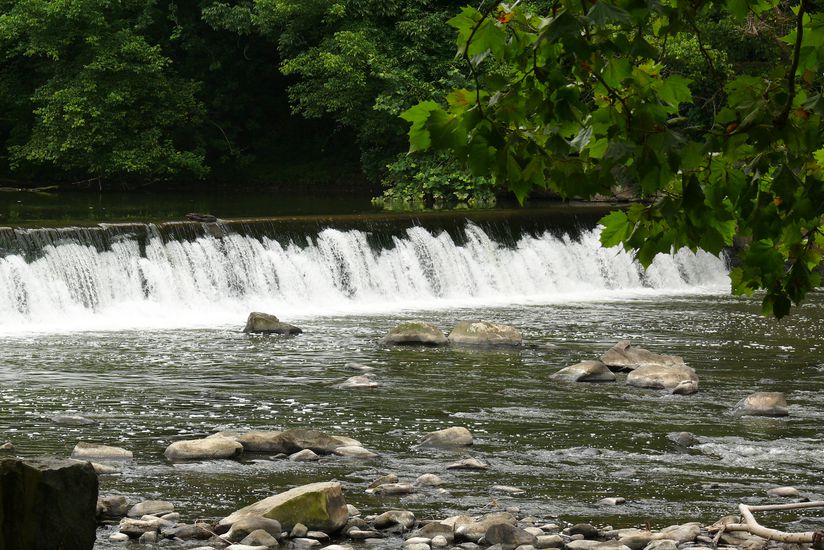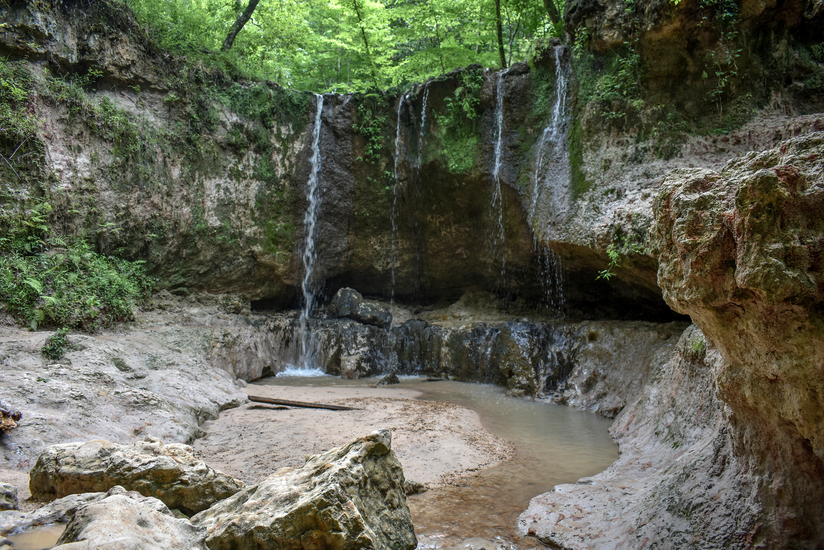Go Chasing Waterfalls
People travel thousands of miles to visit the world's largest and tallest waterfalls, but there are thousands of waterfalls throughout the United States that are easier and cheaper to enjoy. Tall, short, cascading, and plunging, they are often wondrous or delightful in their own right. Many of the waterfalls on this list are inexpensive to visit — they're in state or national parks or national forests, and entry costs $5 to $35 per vehicle for a seven-day pass.



























































